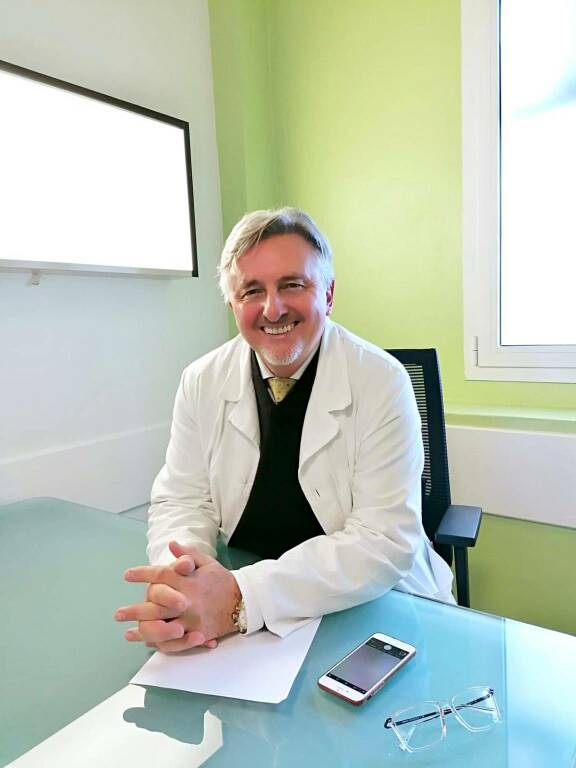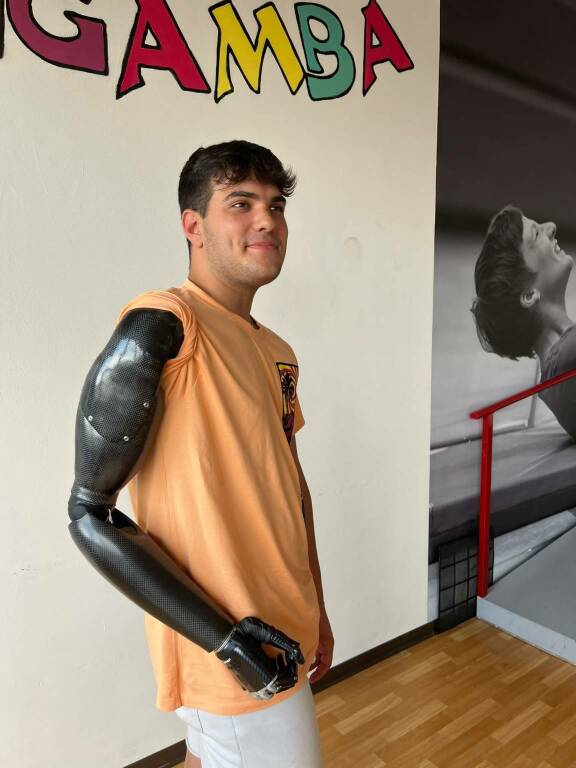At the Maria Cecilia Hospital in Cotignola, one of the few centers in Europe to carry out this complex neurosurgical technique, the operation is performed to control an artificial limb, specifically a bionic arm.
“It is estimated that there are over 3,000 cases of upper limb amputation every year in Italy, due to pathologies or traumatic events. Prosthetics offers these people a new everyday life, thanks to the evolution of technology and ever more performing materials, but we must not think that it is like receiving a superhero’s power. Wearing a prosthesis is like turning on the light: it’s not just a matter of screwing in the bulb, the electrical cables must also be connected correctly” they explain from the centre.
In fact, the use of a prosthesis requires a long process of preparation and rehabilitation, which allows the patient to learn how to use the artificial limb, and often also surgery for adequate neuro-muscular “connections”. The TMR (Targeted Muscle Reinnervation) technique serves precisely this purpose.
In Italy, the pioneer in the use of the TMR technique is Dr. Guido Staffa, neurosurgeon specialized in peripheral nervous system surgery at Maria Cecilia Hospital in Cotignola, a highly specialized hospital accredited with the NHS. In the last 4 years, 7 TMR operations have been performed in our country (there are about fifty in the world), all by the team of Dr. Bracket.

“The function of the TMR technique is to create the conditions for the prosthetic implant – explains dr. Bracket –. Years ago I was part of an amputee study group. The implanted electric prostheses were not used well by the patients as to perform the specific movement of the prosthesis it is necessary to contract muscles which are however assigned to different movements. In fact, our brain refuses to use movements other than those for which it was designed. Hence the idea of implanting the nerves of the residual part of the amputation, i.e. those that remained in the stump, on these muscles to obtain their activation. Thus the human limit is bypassed, defined as the body schema, or rather the memory of the brain which is not able to naturally activate the prosthesis according to what are the needs”.
David’s story

A recent case is that of Davide, a boy who had undergone an amputation of the 3rd proximal humerus with disarticulation (the whole limb was removed including the shoulder joint) due to a motorbike accident when he was only 16 years old. This type of amputation is particularly favorable to the TMR technique and the operation took place about a year after the accident to restore functionality to the nerves which still had potential. The team led by Dr. Staffa is part of the Neurosurgery Unit of Maria Cecilia Hospital directed by dr. Ignatius Borghesi.
“There are two main purposes of the procedure: to treat chronic pain (painful neuroma or phantom limb syndrome), which too often limits the quality of life of these people, and to lay the neuro-muscular foundations for the implantation of the prosthesis – explains Dr. Marco Cancedda, in the neurosurgery team at Maria Cecilia Hospital, in the operating room for the operation together with dr. Borghesi and Dr. Bracket –. In a nutshell, the operation consists in freeing the nerves from post-traumatic scar adhesions and connecting the nerves that controlled the function of the lost limb with the muscles of the shoulder-chest region. These target muscles will then function as a signal amplifier for the electrodes of the prosthesis. Being nerve pathways that naturally commanded the movements to be recovered, TMR improves control of the prosthesis and facilitates the patient’s rehabilitation process. This procedure performed on Davide is a highly complex neurosurgery operation that is only performed in a few centers in Europe”.
The reinnervated muscle is subsequently tested through a rehabilitation process and a physiological study to apply sensors that detect the electrical impulse to be transmitted to the prosthesis. The path for the patient is long and lasts about 2 years, including pre-operative rehabilitation preparation, operation, post-operative rehabilitation and also long-term follow-up and rehabilitation and training in the use of the prosthesis at the Ottobock Orthopedic Solutions workshop.
“After the accident in which I lost my arm, I wanted a functional prosthesis and not just an aesthetic one. It was December 4, 2021 when I underwent TMR surgery, I knew it would take time but after a few months I saw the first results – says the patient Davide Dalpane -. And today, more than a year after the operation, I can carry out daily tasks more easily, from opening the bottle of water to shopping (I can hold the bags on both sides), but also using the tablet or carry the trolley (and on the other hand hold the mobile phone). It’s a good feeling to be able to do these actions after a long time in which I no longer believed it possible. Before the accident I played volleyball, a passion that continued playing sitting volleyball (Paralympic volleyball). It has been and continues to be a wonderful experience that allows me to meet other people with disabilities who encourage me to give more and more. Today I also dedicate myself to studies: not being able to be a policeman, my big dream as a child, nor to undertake a career in electrical engineering due to the manual work it requires (address of the high school I attended), I enrolled in university and study to become a physical education teacher, with the hope in the future of being able to show how the impairment does not necessarily constitute a limitation and how to tackle a problem by obtaining a new opportunity”.
